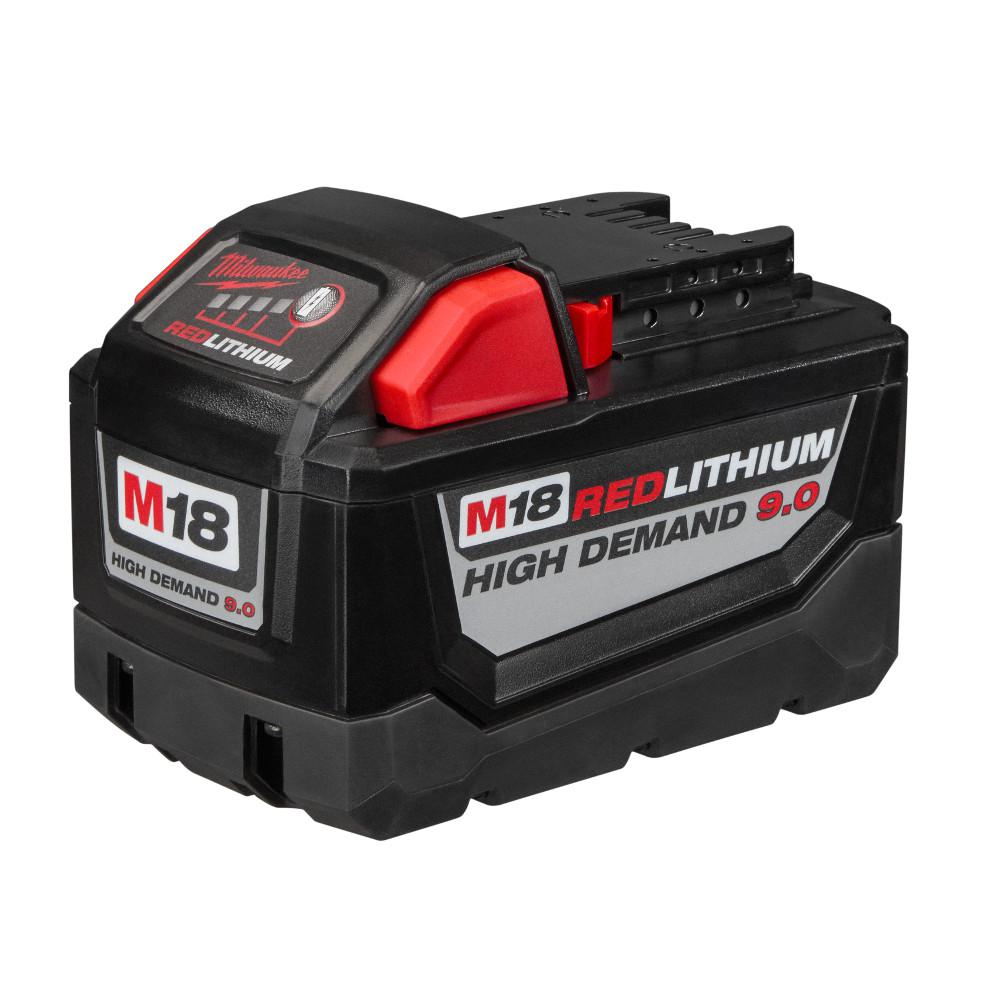What Are Battery Packs?
Battery packs can be said to be a number of individual battery cells or identical batteries. Battery packs may be arranged in a parallel or series, or a combination of both as long as it able to provide the required capacity or voltage. When they talk about battery pack, most of the times, they are referring to the types used to power electric vehicles and radio-controlled toys.
Components
The components of a typical battery pack should comprise the following items:
- Individual battery cells, and
- The interconnects used to deliver the required electrical conductivity between the cells
If the battery pack is rechargeable, then, in addition to the above, it should also contain a temperature sensor which would enable the battery charger know when the battery pack is done charging.
The battery pack can also have built in a battery regulator. This would help keep the individual cell batteries at a lower voltage than the maximum attainable voltage while it is being charged. This in turn will enable the weaker cells to become fully recharged and bring the whole battery pack into balance. It is important to know that a battery pack that has well-balanced cells will deliver better performances and last longer than one which isn’t.

How Do You Charge A Battery Pack?
Charging battery packs typically follow the same steps you take when you want to charge your mobile phones and other rechargeable devices.
To charge your rechargeable battery pack, simply plug the accompanying cable into the input port situated on the battery pack. Once this is done, you then proceed to input the other end (the end with a standard USB) into a power source, this could be a USB socket, a car charger, or a charger head which would then be connected to a socket. If there is power and none of the above mentioned components are faulty, your battery pack should charge just fine.
It is important to note that the typical battery pack input usually range from 1Amp to 2.4Amps.

How Long Do Battery Packs Last?
Battery packs make use of Lithium-ion batteries and one thing about these batteries is the fact that they perform what is known as partial discharge rather than the conventional deep discharge. It is advised that users should try all things possible to avoid using their battery down to the last percent.
The thing about Lithium-ion batteries is the fact that they age. They typical Lithium-ion battery will last for about four to five years, however how much they are being used. This means that even if you charge the battery pack and place it in your cupboard in your workshop without use, the partial discharge would still take place and it still won’t exceed its normal life expectancy.
So basically, Battery packs usually last for about five years and non-usage will not exceed this duration.
This shouldn’t dissuade you from purchasing them though, as after the product life, you can easily remove the batteries and recycle them.
